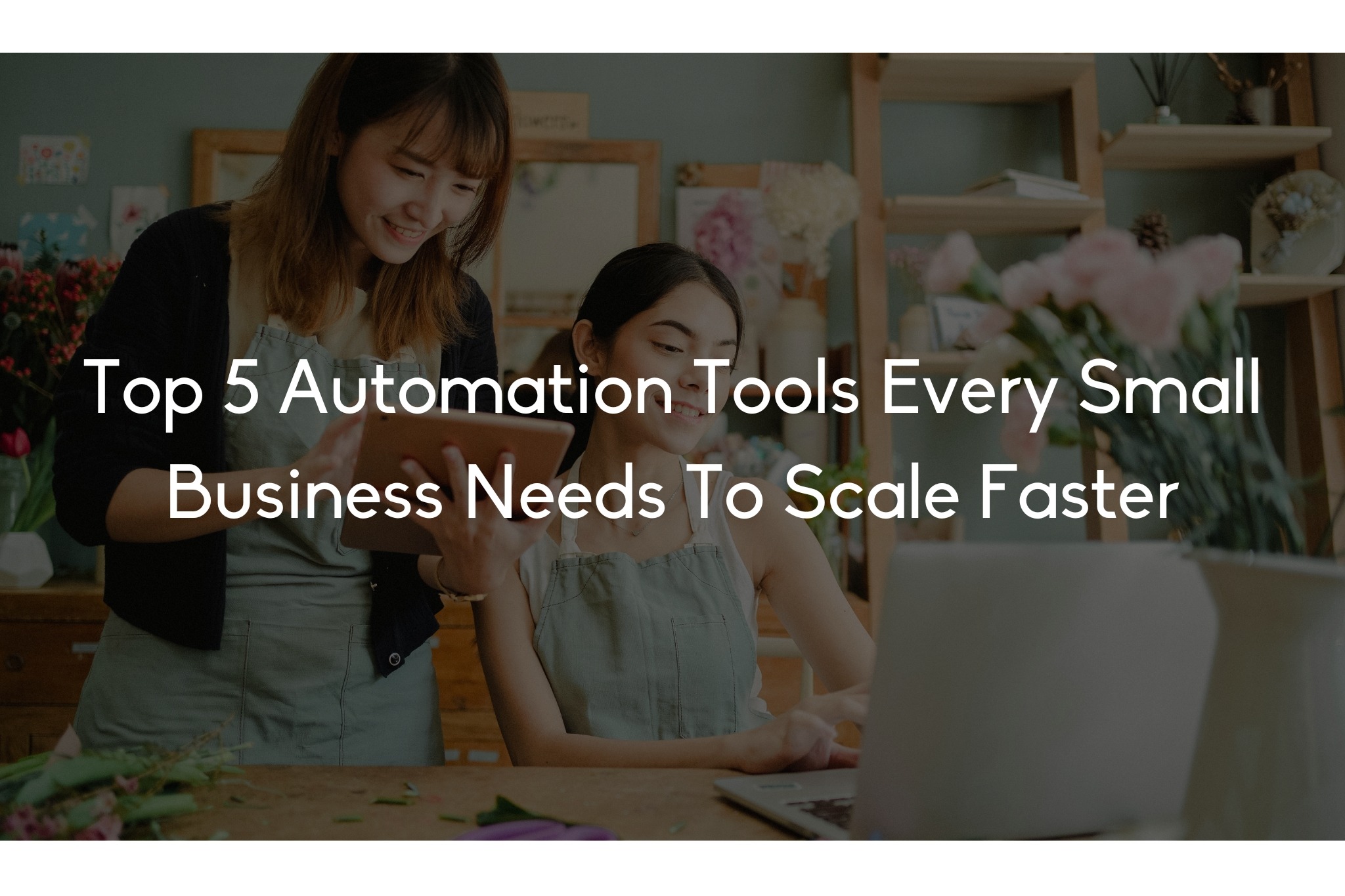

Time is money—but for business owners, it’s also peace of mind, sleep, and the ability to think clearly. That’s why more entrepreneurs are hiring Virtual Assistants (VAs) to take daily tasks off their plate. But if you’re still on the fence, there’s probably one big question holding you back:
Is hiring a VA really worth the investment?
We’re not just talking about making life easier—we’re talking about ROI: the actual time and money you save when a VA joins your team. And the numbers might surprise you.
Hiring a VA can save business owners between 10 to 20 hours per week and cut operational costs by up to 78%, depending on how they delegate and what tasks are offloaded. The ROI comes from three areas: lower labor costs, increased productivity, and reduced opportunity costs. In short, hiring a VA pays for itself—fast.
If you’ve been wearing all the hats, juggling sales calls, admin work, and client deliverables, this article is your sign to stop. We’ll break down how a VA boosts your ROI with real numbers, practical examples, and a side of tough love. Let’s get into it.
Most people think ROI is strictly about dollars. But if you’re running a business, ROI is also:
Hiring a VA doesn’t just shift tasks—it shifts your business trajectory. The minute you stop being the bottleneck, you unlock capacity. And with more capacity, you gain more clients, increase sales, and grow.
Let’s talk numbers.
Here’s a simple breakdown of how most business owners use their time:
That’s 17 hours per week spent on tasks that don’t directly generate revenue.
Now, imagine hiring a VA to handle even 70% of those—that’s nearly 12 hours per week back in your hands. Multiply that by 4 weeks, and you’ve gained 48 hours a month. That’s six full workdays.
What could you do with an extra six days each month? More client meetings? Product development? Strategic planning?
Or let’s be real—maybe just sleep better at night.
VAs are typically 3x to 5x more cost-effective than hiring full-time staff. Here’s why:
| Role | In-House Hire | VA Equivalent |
| Executive Assistant | $4,000/mo (US avg) | $800–$1,500/mo |
| Social Media Manager | $5,000/mo | $1,000–$1,800/mo |
| Admin/Customer Support | $3,500/mo | $700–$1,200/mo |
Let’s say you hire a VA for $1,200 per month and they take over 15–20 hours of work each week. That’s about $15–$20/hour—less than half the cost of hiring someone in-house for the same role.
Plus, you’re not paying for benefits, office space, equipment, or downtime. You’re only paying for productive output.
And the savings don’t stop at payroll.
 When the ROI Starts Showing Up
When the ROI Starts Showing UpMost business owners start seeing measurable ROI from their VA within the first 30–60 days. Here’s what that might look like:
If you’re using that time for lead generation, client work, or product development, then the VA’s cost pays for itself in revenue returned—not just hours saved.
Example:
Let’s say your average hourly rate as a business owner is $100/hour. If your VA gives you 12 hours back per week, that’s $4,800 worth of time saved monthly. If you’re paying the VA $1,200/month, that’s a 4x ROI—straightforward and powerful.
Lina ran an e-commerce store while also doing her own product listings, customer service, and social media. Her monthly revenue was around $8,000, but she was maxed out and working 60+ hours a week.
She hired a VA for $1,000/month.
Tasks offloaded:
In 60 days, Lina had time to launch a wholesale program and close three B2B accounts—adding an additional $5,000/month to her revenue.
Her total cost for that VA? Still $1,000/month.
Her net gain? $4,000 extra in profit.
Her ROI? 400%.
Hiring a VA is only part of the equation. To truly maximize ROI, you need to delegate right. Here’s how:
The clearer your delegation, the higher your ROI. VAs aren’t mind-readers—but with the right setup, they become productivity engines.
Most business owners think they “can’t afford” a VA. But the truth is, you can’t afford not to.
The cost of doing everything yourself? Burnout. Missed growth. Lost clients. Delayed launches. Mental exhaustion.
The ROI of hiring a VA isn’t just about dollars—it’s about freedom. More time to think, plan, rest, scale.
So ask yourself:
What would I pay to buy back 48 hours a month?
What’s the cost of not growing faster?
The answer makes itself pretty clear.


